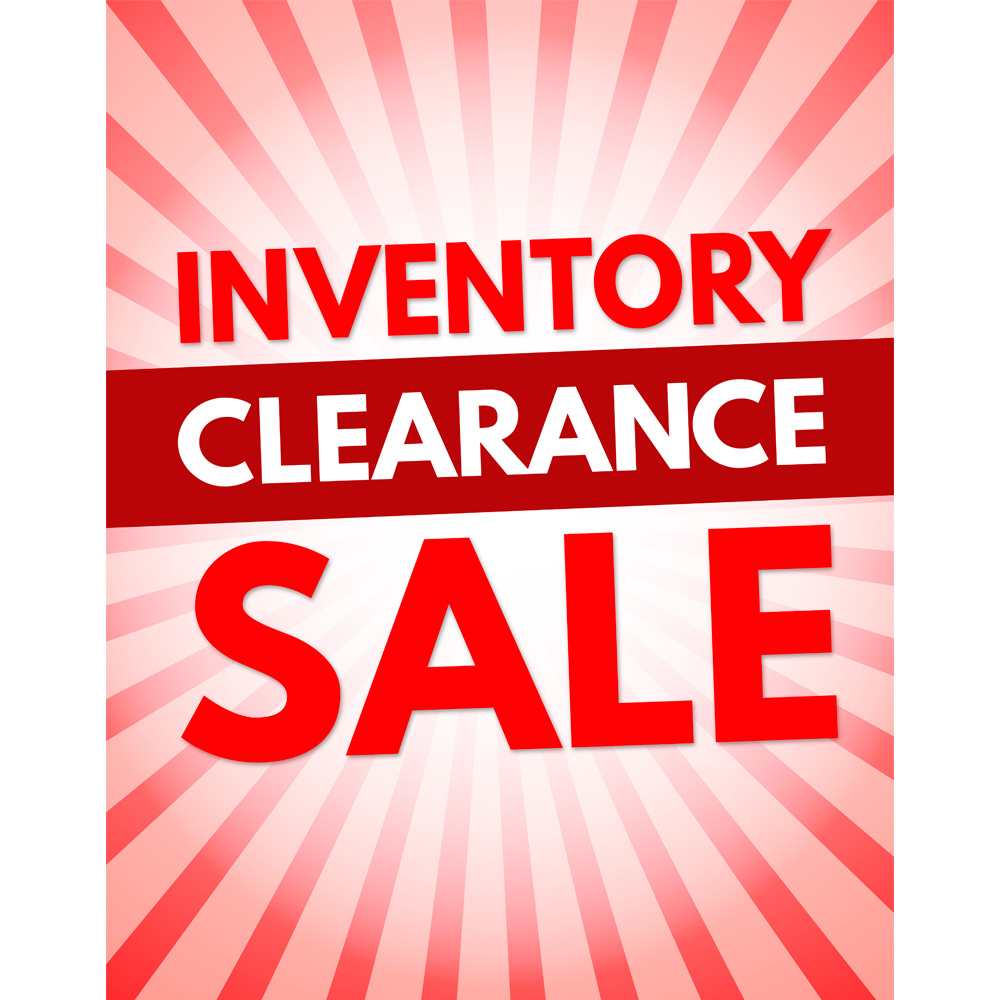Where Do All the Holiday Leftover Closeouts Get Liquidated?

Businesses employ various strategies to handle leftover holiday inventory, including closeout sales, excess inventory liquidation, and product repurposing. Here's a detailed breakdown of each approach. For the most part, these all mean the same thing and the end result is getting rid of unwanted inventory and overstock closeout merchandise.
- Closeouts: Businesses often introduce post-holiday closeout sales to clear out unsold inventory. These sales typically involve significant discounts, ranging from 70% to 90%, to entice customers to purchase the remaining items. Closeout sales are particularly effective for seasonal products, such as holiday decorations, housewares, and gift items. There is no point to letting these goods collect dust in the warehouse until the following year. It is better to sell any overstock inventory, closeouts and unwanted merchandise for cash, invest in new products, and use the cash for better purposes.
- Excess Inventory Liquidation: When closeout sales fail to move all the excess inventory, businesses may turn to liquidation companies These companies specialize in purchasing overstock goods at discounted prices and reselling them at lower prices through various channels, such as online marketplaces, closeout websites, outlet stores, and liquidation events. Liquidation buyers can help businesses recoup some of their investment in the unsold inventory, even if it means accepting a lower profit margin. The products can be many different categories including closeout pet products, closeout children’s toys, obsolete stock of sporting goods and hardware, excess inventory of housewares, home goods and stationery.
- Product Repurposing: In some cases, businesses may consider repurposing unsold holiday inventory into new products or for alternative uses. For instance, leftover fabric from holiday apparel could be used to create accessories or home décor items. Similarly, excess inventory of holiday decorations could be repackaged or rebranded for other seasons or occasions. This may be a better option than liquidating overstock inventory for pennies on the dollar to closeout buyers, closeout brokers, inventory liquidators or companies that buy dead stock. If you are keen to liquidate and clear stock from your warehouse, consider re-purposing.
- Donations and Charitable Initiatives: Businesses can also choose to donate unsold and unwanted holiday inventory to charitable organizations, such as local shelters, schools, or community centers. This strategy not only helps clear out excess stock but also contributes to goodwill and positive brand perception. You won’t get money to re-invest in new products arriving, but it will make space in the warehouse, get rid of old inventory and at the same time help someone else.
- Bundling and Promotions: Bundling unsold holiday items with popular products or offering special promotions can encourage customers to purchase, closeouts, leftover inventory and other obsolete products. For example, a retailer could combine slow-moving holiday décor with bestselling items or offer free shipping on bundled purchases. If you have plans to either shut down your business or close a warehouse, bundling may be a good idea because it has the potential to move inventory from the warehouse quickly. If you need space in your warehouse and have to liquidate quickly, this could be a good option.
- Inventory Forecasting and Planning: To minimize the accumulation of excess inventory in the future, businesses can improve their inventory forecasting and planning processes. This involves analyzing past sales data, market trends, and consumer demand patterns to make more informed decisions about stocking levels. It is always better to forecast your needs and avoid having too much excess inventory on hand in the way of closeouts, canceled orders, overstock products and slow-moving products.
- Diversifying Sales Channels: Selling through multiple channels, such as online marketplaces, closeout websites, closeout brokers, physical stores, and social media platforms, can help businesses reach a wider audience and increase the likelihood of selling excess inventory.
- Extended Sales Periods: Extending post-holiday closeout sales periods can provide more time to clear out unsold inventory. However, businesses should carefully balance the extended sales period with the potential loss of profit due to deeper discounts. The longer it takes to sell closeouts, overstock merchandise and excess inventory, the more money it costs to continue operating at a loss while liquidating. If you can have an inventory liquidation sale and move the entire inventory in one fell swoop, you would come out ahead of the game.
- Strategic Partnerships: Collaborating with other closeout buyers, closeout brokers or inventory liquidators can provide additional avenues for selling excess inventory. For instance, participating in joint promotions or cross-selling each other's closeout products can expand the reach and potential sales of leftover holiday items. You can search for partners online by doing a simple Google search with terms like these: closeouts, overstock inventory buyers, closeout brokers, excess inventory buyers, where to liquidate overstock inventory, reliable closeout companies, overstock liquidators and closing warehouse operations.
- Embracing the Off-Season: Some businesses may choose to embrace the off-season by repackaging or rebranding holiday items for other occasions or themes. For example, holiday-themed ornaments could be repurposed for Halloween or Valentine's Day. Again, this may be a better alternative than liquidating overstock products for a fraction of your cost.
These can be unwanted products left over from the past season, they can be canceled orders sitting in the warehouse or even abandoned inventory in 3PL warehouses that must be disposed of. But at the end of the day, it is inventory for liquidation that may be sold for a fraction of the regular cost.
Merchandise USA is a reliable closeout inventory buyer and overstock products liquidator in business more than 38 years. We specialize in buying closeouts of children’s toys, sporting goods and novelties. We also buy excess inventory of housewares, home goods, hardware and overstock hardware products. We can help you with selling canceled orders and liquidation merchandise you need to clear from the warehouse. Our liquidation process is simple, straight-forward and stress-free.



